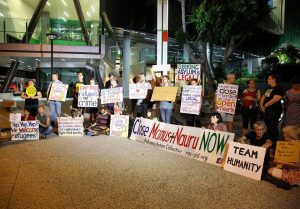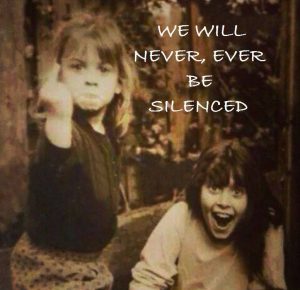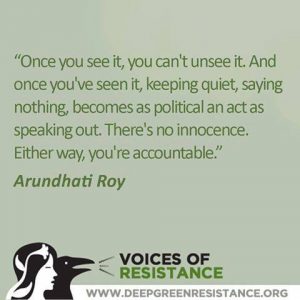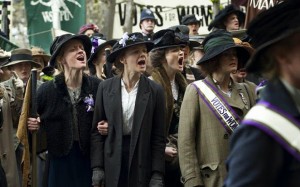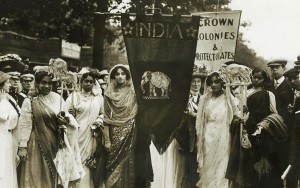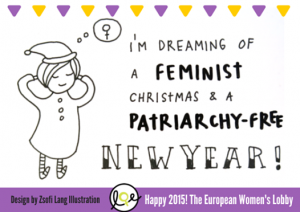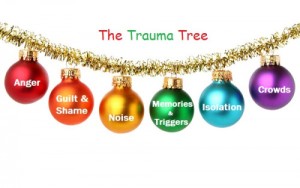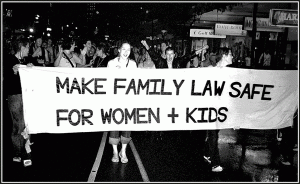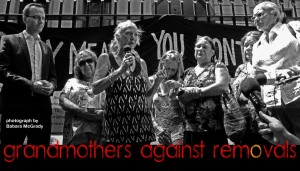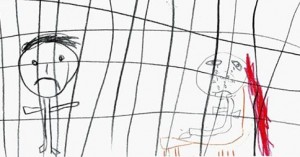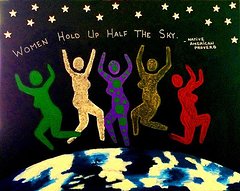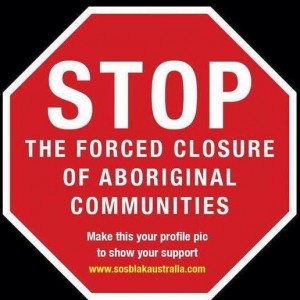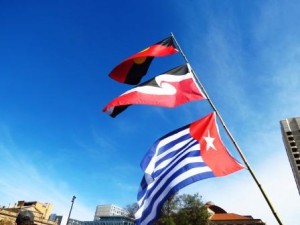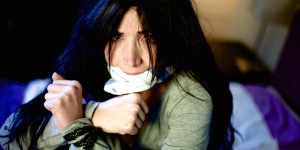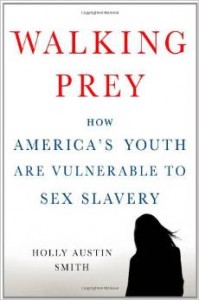The Guardian recently published leaked documents of hundreds of pages of abuse and sexual assault of women and children on Nauru’s off-shore refugee detention centre. Much of this abuse appears to have been at the hands of the Wilson’s security guards at the facility.
There have been articles since condemning the Australian government’s treatment of asylum seekers and its blatant disregard of these abuses, such as that written by Jennifer Wilson.
The Immigration Minister, Mr. Peter Dutton’s response to the publication of the leaked files was:
“some people do have a motivation to make a false complaint”…”I have been made aware of some incidents that have reported false allegations of sexual assault,”
Whilst our focus must be on stopping our government for perpetuating such abuse on women and children, women and children who are fleeing from horrific wars and violence in their own countries, it is also important to put this in the context of the patriarchal world that we live in.
It is all based on patriarchal ideology, where white men with power see the rest of the world as the ‘other’, as less than human and therefore unworthy of our concern. As Denise Thompson writes:
It is about male domination.
And women and children are always the victims of the oppression of male domination: sexual abuse, violence…and if you are not of the white man’s race then you are doubly open to white male domination and abuse. Women and children refugees are especially vulnerable to exploitation and abuse – and it is happening all over the world.
Of course Peter Dutton would rely on the persistent mantra that allegations of sexual assault are false, because patriarchy has created the fictitious doctrine that women lie about sexual assault. They come up with many reasons why women make up false allegations. In this instance, their motivation apparently is to seek refuge in Australia.
Basically when you live in patriarchy as a woman then you are a liar, a manipulator, a vindictive woman. Your motivations are always suspect.
It’s not the first time the Liberal National government has used this line when allegations of horrendous abuse on the off-shore detention centres have come to light.
In a previous blog I wrote of the horrific conditions where refugees are being detained in off-shore facilities and the abuse that was being brought to light. In that particular instance the motivation was politically motivated and designed to discredit the off-shore processing policy.
“Every aspect of the detention of these people has been designed to humiliate and demean.
So it is no surprise that in such an environment those in charge will abuse their power and sexually abuse women and children.
And Scott Morrison, on behalf of the Australian government has responded in a typically patriarchal pattern.
“The public don’t want to be played for mugs with allegations being used as some sort of political tactic in all of this.”
“However, we note that the allegations by Senator Hanson-Young have been made publicly and in the context of broader political statements to discredit the government’s involvement in offshore processing.””
“Dutton well knows that the government’s own Moss review confirmed the reports of physical and sexual abuse that were uncovered in 2014. That review also exonerated the Save The Children staff who were the authors of many of the reports.” Refugee Action group
It is a common occurrence in our legal system as well – to label women as liars.
Rape is the “most under-reported of serious offences” for that very reason.
And yet the reality is – rape is common:
“One in three women will be sexually assaulted at some time in their lives” (Fergusson & Mullen, 1999).
By men.
And yet they are not believed.
“Police statistics reveal that ‘false’ reporting of sexual assault is minimal, representing 2% to 7% of all reported assaults. These statistics also include statements withdrawn by victim/survivors due to fear of revenge and the impact of the legal system.”
“1 in 6 reports to Police of rape and less than 1 in 7 reports of incest or sexual penetration of a child result in prosecution (Victorian Law Reform Commission, Sexual Offences: Final Report, 2004)”
Women’s experiences of the court system often as traumatic as their rape when they are accused of making vindictive allegations; of ‘asking for it’.
As Caitlin Roper has written:
“My friend sat in court day after day, forced to recount, in excruciating detail, her experience of being groomed, manipulated, and eventually sexually assaulted by a predator 30 years her senior, over a period of 18 months. She then endured a vicious cross examination as her wealthy boss’s QC top lawyer tried to tear her apart and assassinate her character for more than two full days. She teased and seduced him, he argued. She made it all up. They had a consensual sexual relationship. She was obsessed with him — her balding boss, old enough to be her father — despite having a boyfriend (now her husband). John’s lawyer even argued her claims were financially motivated and said she was punishing the accused for refusing to buy her an extravagant apartment.”
And it happens in the family law system too. Parental alienation syndrome is premised on the same ideology that women lie about rape and sexual abuse.
PAS is grounded in misogynistic views and reflects a mother-blaming ideology. This ideology persists within the family law system, enabling men to continue to abuse women and children at will, with no protection from the legal system.
However when it suits their needs, men will make their own allegations of abuse and violence and nothing says it more clearly than the child sexual abuse reported to be occurring in Northern Territory aboriginal communities. When it suits their political ends, they can demonise and punish a vulnerable, marginalised population and make vicious claims of ‘dysfunction’ within that community.
Dutton says these current allegations of sexual assault in off-shore detention are not based on fact and yet when let’s compare the response that led to NT intervention, as I have written in a previous blog
“In 2007, the federal government staged a massive intervention in the Northern Territory on the basis of the report, “Little Children are Sacred” as a result of a government inquiry into child sexual abuse in the Northern Territory.
“The fall-out was a full-scale, (including army), intervention which resulted in the reinforcement of the unwavering, systemic stealing of children from their arms, to who knows where? The Department of Childrens Services have lost the files on some 8,000 children who are thus just “disappeared”.”
The intervention in fact has done little to address child sexual abuse or violence against women.
It is horrendous that our white male politicians use (abuse) the concept of protection women and children from violence and abuse for their own ends – mining of traditional lands is a suspect in this – whilst they go about destroying lives and communities.”
So men can rape at will – at the personal level, in our own homes, in our neighbourhoods – and at the State level where they lock up innocent women and children seeking refuge from violence in their own countries and knowingly expose them to violence and sexual assault.
There is no recourse for women – patriarchal law does not protect them; does not prosecute abusers; does not believe women.
Yes Peter Dutton must go.
His behaviour and attitude is callous, cruel, racist and misogynistic.
But he is not the only one. Both major parties in Australia are responsible for the on-going mistreatment and cruelty towards vulnerable women and children refugees.
We must hold them to account.
This is unacceptable.
There are a number of organisations which are challenging the Government’s refugee policies.
I urge every Australian to take action and stop this horrendous victimisation of innocent women and children.
Australian Women in Support of Women on Nauru
Grandmothers against Detention of Refugee Children

